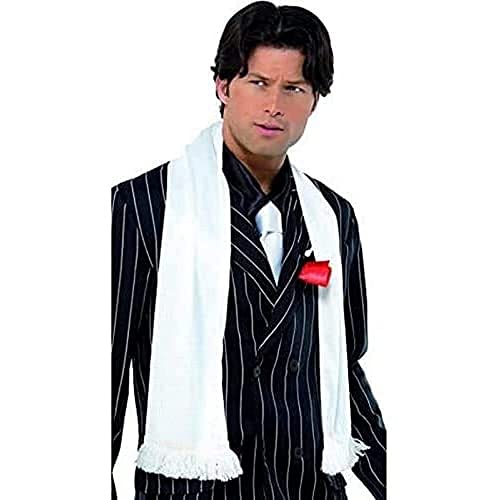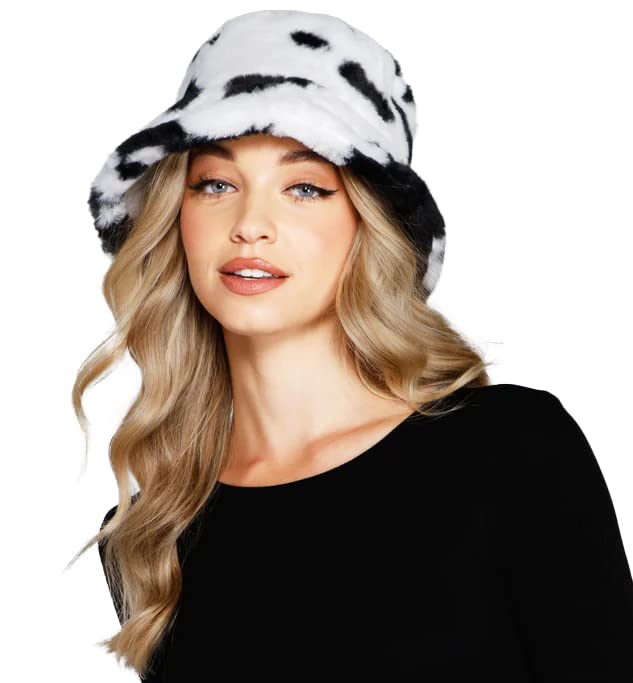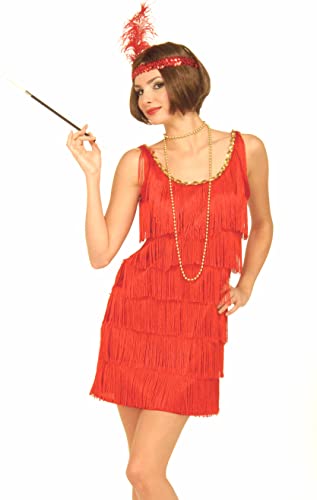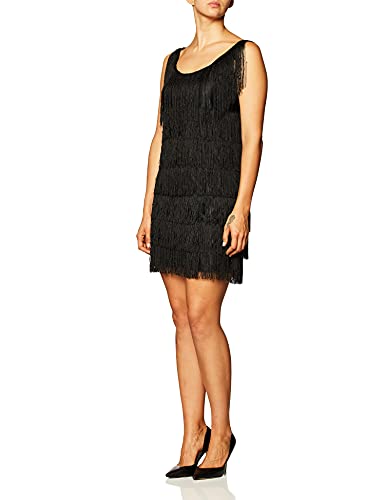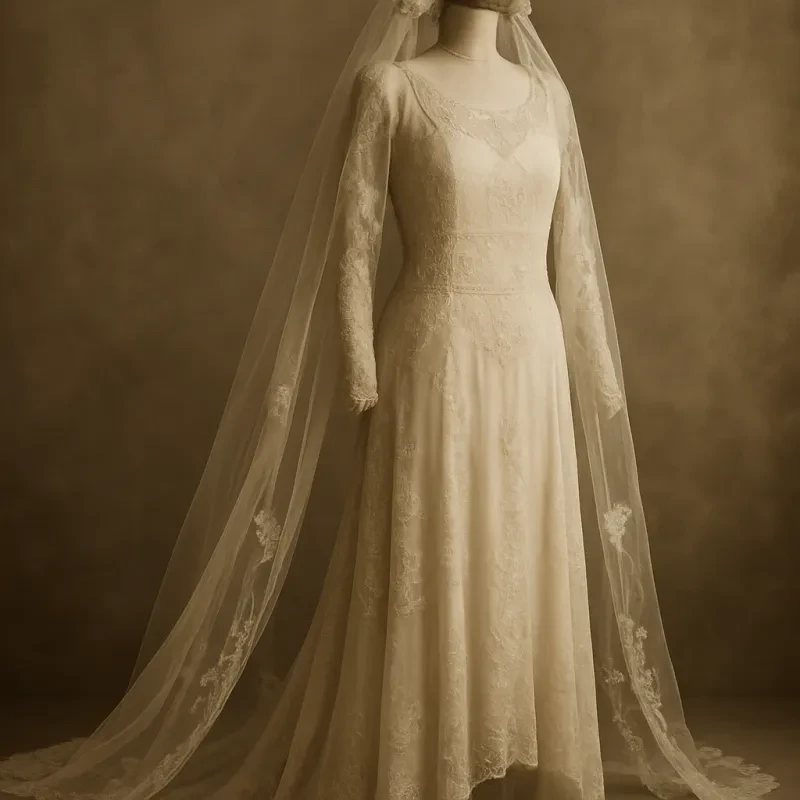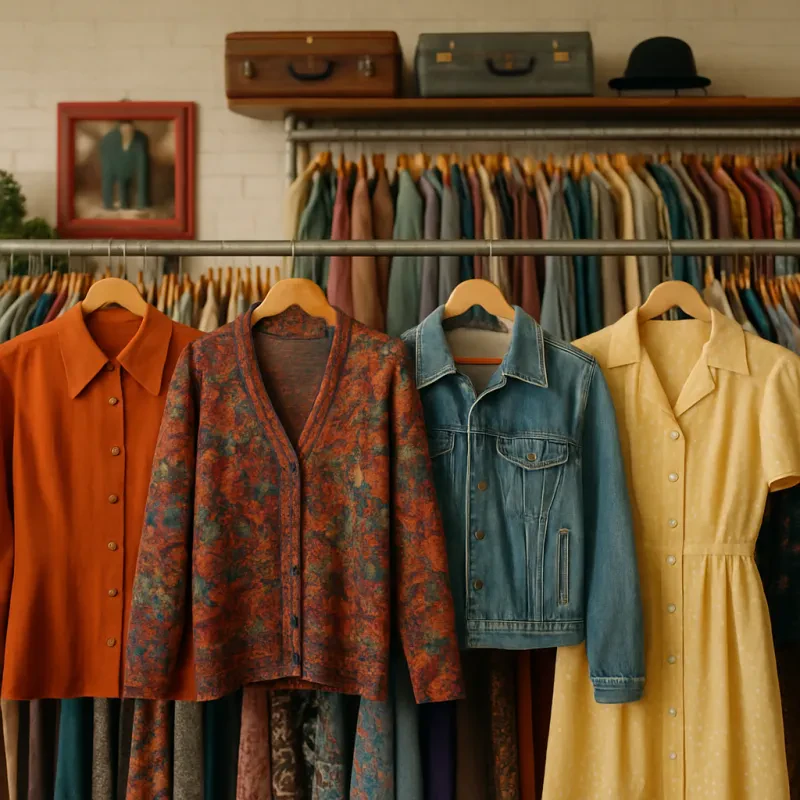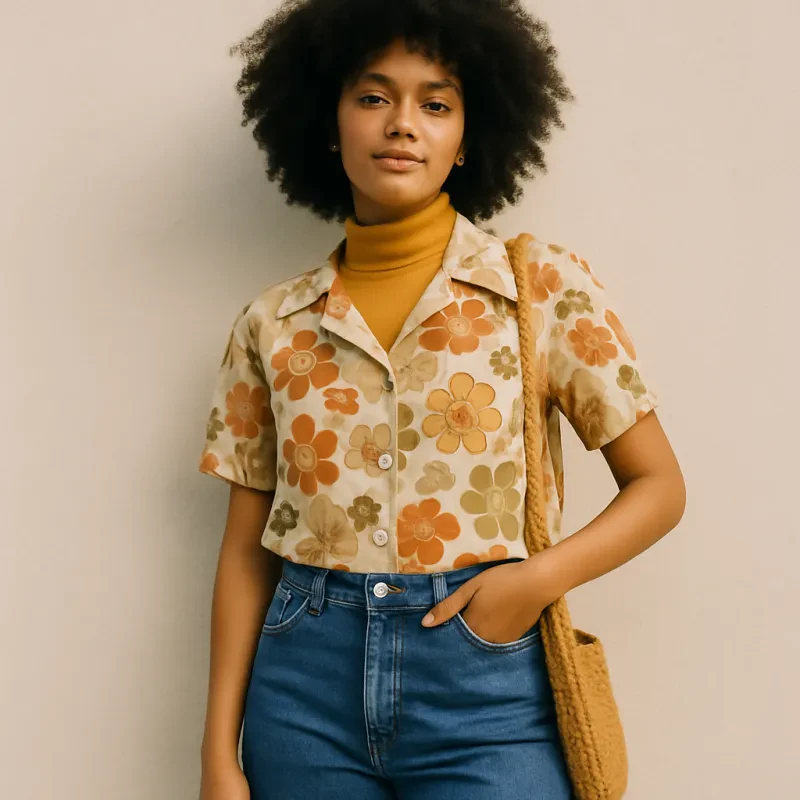The 1920s, also known as the Roaring Twenties, was a time of significant change and innovation in the world of fashion. This era marked a departure from the restrictive Victorian styles of the past, as women began to embrace more relaxed and liberating clothing. The iconic flapper style emerged during this period, with women opting for shorter hemlines, looser silhouettes, and embellishments like fringe and beads.
One of the key elements of 1920s fashion was the focus on comfort and practicality. Women began to reject the corsets and petticoats of earlier decades in favor of more functional garments that allowed for greater freedom of movement. The drop-waist silhouette became popular, as did loose-fitting garments like shift dresses and chemises. This shift in style reflected the changing attitudes of women during this time, as they began to assert their independence and challenge traditional gender norms.
Accessories also played a significant role in 1920s fashion. Cloche hats, long strands of pearls, and bobbed hairstyles were all popular choices for women looking to complete their look. Men's fashion also saw a shift during this period, with the emergence of the dapper gentleman look characterized by tailored suits, wingtip shoes, and fedora hats. The 1920s marked a turning point in the evolution of fashion, setting the stage for the modern styles we still see today.
1960s: Groovy Fashion Trends and Icons
The 1960s saw a revolution in fashion that reflected the changing social landscape of the times. The era was characterized by bold and colorful designs, with fashion icons like Twiggy and Brigitte Bardot setting trends that are still influential today. One of the key fashion trends of the 1960s was the shift dress, a simple and boxy silhouette that became a symbol of mod style. This style was popularized by British designer Mary Quant, who introduced the world to the mini skirt and helped define the youthful and carefree spirit of the decade.
Another iconic look from the 1960s was the psychedelic prints and vibrant colors of the hippie movement. Inspired by the music and art of the time, this trend embraced flowing fabrics, fringe, and tie-dye patterns that celebrated individuality and self-expression. Woodstock, the legendary music festival of 1969, became a showcase for this free-spirited style, with attendees embracing a mix of bohemian flair and peace-loving attitudes.
In addition to the mod and hippie styles, the 1960s also saw the rise of iconic fashion accessories that remain popular today. From oversized sunglasses to go-go boots, these accessories added a touch of glamour and fun to the era's fashion landscape. The 1960s was a time of experimentation and breaking boundaries, and the fashion of the decade reflected that sense of freedom and creativity.
1980s: Bold Colors and Statement Pieces
In the 1980s, fashion took a turn towards bold colors and statement pieces that made a lasting impact on the decade's style. This era was all about making a statement with your clothing choices, whether it was through bright neon colors, oversized shoulder pads, or daring accessories. The fashion of the 80s was unapologetically bold and vibrant, reflecting the attitudes and personalities of the time.
One of the defining trends of the 1980s was power dressing, which involved bold, structured silhouettes and tailored pieces that exuded confidence and strength. Women embraced the power suit with oversized blazers and high-waisted trousers, often in eye-catching colors like hot pink or electric blue. This style was all about making a statement in the boardroom and beyond, and it remains an iconic look from the decade.
Accessories played a key role in 1980s fashion, with chunky jewelry, statement belts, and bold sunglasses becoming must-have items for any outfit. Hair was also a major focus, with big, voluminous styles like perms and teased bangs being popular choices. The overall look of the 1980s was bold, brash, and unapologetically loud – a stark contrast to the more subdued styles of previous decades.
2000s: Modern Takes on Vintage Fashion
The 2000s brought a fresh perspective to vintage fashion, with modern takes on iconic styles from past decades. This era saw a resurgence of popular trends from the 60s, 70s, and 80s, reimagined for a new generation. From bell-bottom jeans to neon colors, the 2000s blended nostalgia with contemporary flair, creating a unique fusion of old and new.
One standout trend from this era was the revival of bohemian fashion, inspired by the free-spirited styles of the 70s. Flowy maxi dresses, fringe details, and floral prints dominated runways and street style alike. Boho-chic became a staple look for festivals and summer wardrobes, channeling a laid-back and effortless vibe that resonated with many fashion enthusiasts.
Another key influence in 2000s fashion was the return of 80s glamour, with bold shoulders, metallic fabrics, and statement accessories making a comeback. The iconic silhouette of power suits and shoulder pads reigned supreme, exuding confidence and sophistication. Paired with shimmering sequins and rhinestones, this retro-inspired look added a touch of glitz and glam to everyday ensembles.
